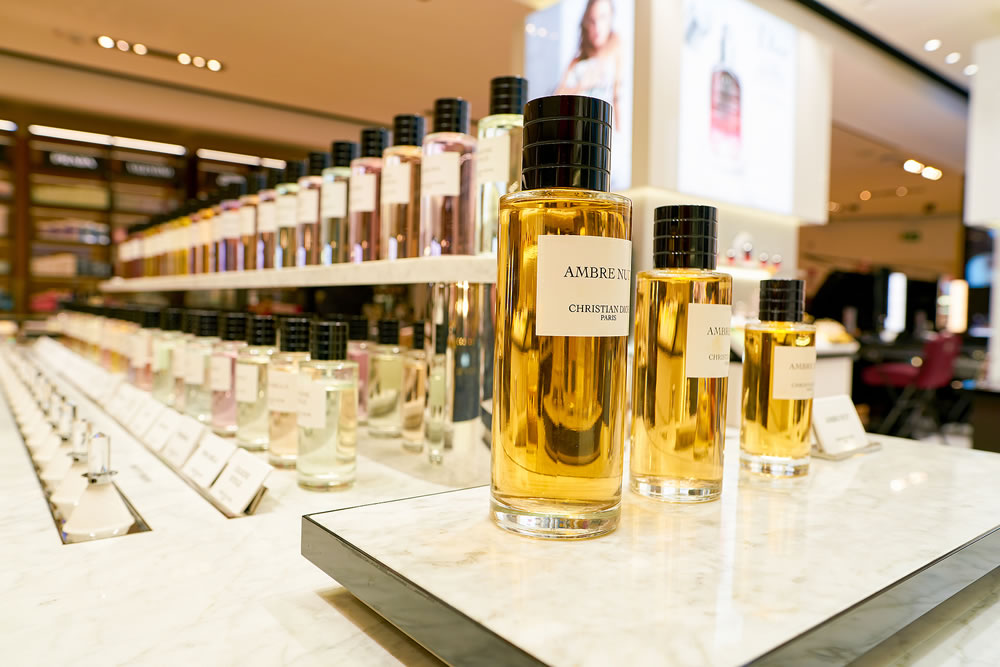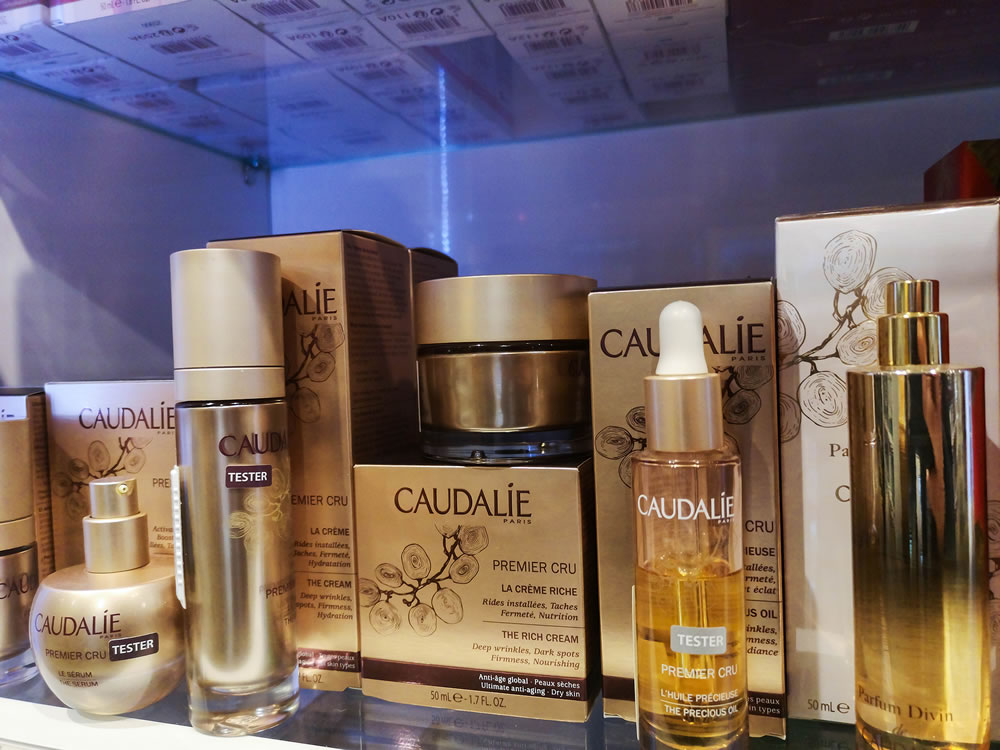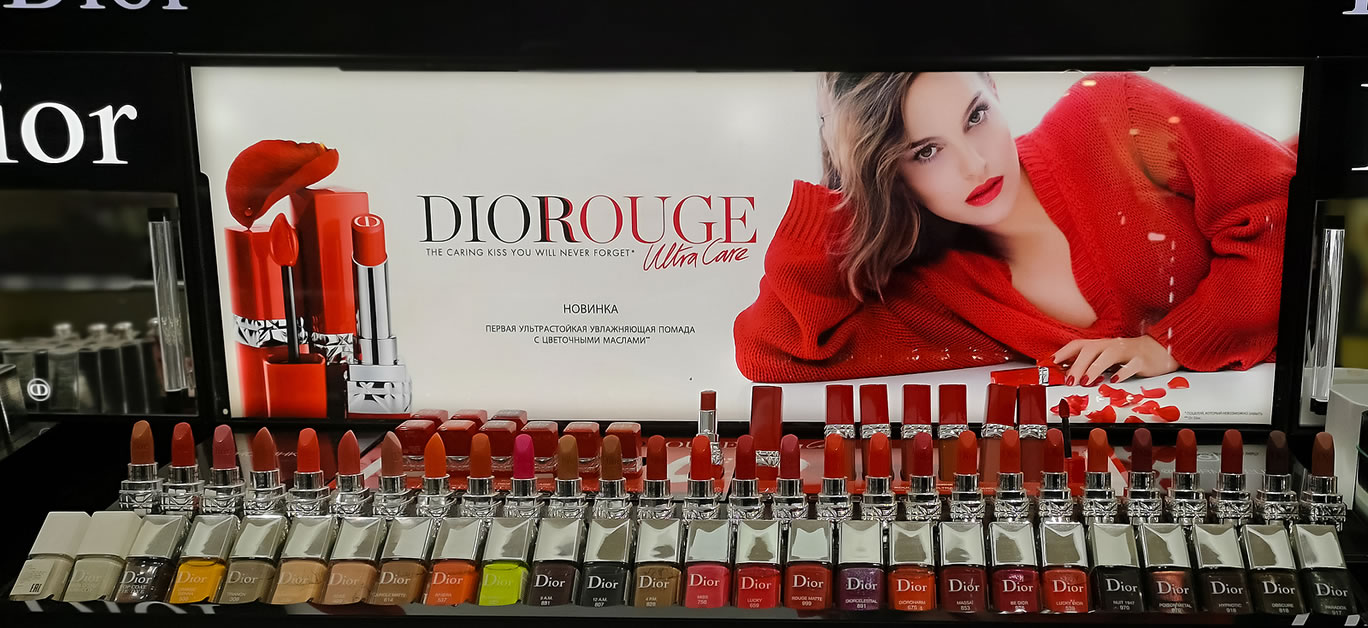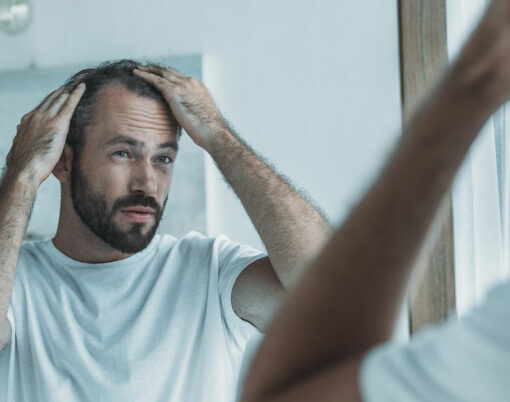The Covid-19 pandemic has affected every sector and section of the world, and the beauty industry is no exception. The global beauty industry, valued at approximately $532 billion, has been under a total reboot since the beginning of this year. Losing the very experience of trying on beauty products in-store forced brands and labels to re-innovate the entire system while still paying for about 1.2 billion employees dependent on it because lives come first, but livelihoods also matter.
The economics of the industry
The 2008 financial crisis was the most recent known setback for the beauty industry, but it bounced back in 2010. The global beauty industry that comprises of beauty, skincare, haircare and perfumes generates over $500 billion of sales every year. But, if the launch of Fenty Beauty didn’t shake the beauty industry enough, the outbreak of the unfortunate pandemic did a pretty fabulous job at that. Amidst these difficult situations, luxury beauty brands like Christian Dior, L’oreal, Jo Malone, Estee Lauder, LVMH, Guerlain and more had their production lines producing hand sanitisers and disinfectants for the healthcare fighters.
As stores re-opened after months of closure, the market phenomenon of lipstick index and revenge shopping grew, but with it came the threat of the sudden and substantial rise of the digital space. The brick and mortar method isn’t going anywhere anytime soon, however, the brands have to innovate on enhancing the in-store experience.

Transparency and beyond
The extraordinary situations that we witness today have brought forward numerous concerns that were often unacknowledged previously. Cruelty-free, fair trade and organic have taken the front seat for consumers of today as they now want to invest in good products over good-looking products. The consumers have the right to know the composition of the product in clean and simple language. Long gone are the days when a brand could sell out for promising ‘brighter skin in seven days’. Transparency from the brand would now include disclosing the right and complete information on the packaging.
In the last few years, ‘clean beauty’ has become streamlined and well-received. Hourglass Cosmetics becoming completely vegan in 2020, French beauty brand Caudalie introducing active green ingredients in their products and Danish beauty brand Kjaer Weiss creating refillable metal components for all their products are some examples of brands incorporating sustainability. The beauty industry is slowly moving towards an overall sustainable approach.
How do we test the product?
Experiencing the product first hand is a wish of every consumer in order to make the right choice while purchasing. Up until the beginning of the year, beauty-testers and vials were an integral aspect for any beauty shopper. To completely understand the way the product behaves, performs and reacts to the skin was a crucial test before buying. While having tester counters is not recommended, brands have come up with different ways to continue to provide samples of their products.
Online virtual assistants have been around long before the pandemic, however, it’s their time to shine and the brand’s to reap its benefits. Charlotte Tilbury has Mirror Mirror and Guerlain has the Voir app to help make shopping easier as these virtual assistants have a near to actual representation of how the product would look on the skin. another option, if the consumer wishes to try the product, is the single-use individual testers. These pre-packaged testers have enough quantity to hold a one-time use of a product that could include perfumes, body washes, shampoos, serums and more, which will no doubt lead to more sales, but brings up a number of sustainability questions.

Substance over form
Having great skin is the first step to having great makeup. Self-quarantine has offered an opportunity for us to reconnect with ourselves and understand the importance of a healthy lifestyle and mental health. ‘DIY facemasks’ and ‘skincare routines from morning to night to try’ have become huge content material for influencers, makeup artists and brands. L’oreal made a quarantine edition series on their YouTube channel showcasing how to colour your hair at home.
Skincare during and post-pandemic would be focused on products that are not only potent with the needed nutrients for the skin but are devoid of harmful chemicals and have a minimum carbon footprint and eco-friendly packaging.
The pandemic has given us an opportunity in disguise to reboot inside out while clearing out a lot of space for innovation and creativity for the brands. The beauty industry has adapted and evolved to every situation it has faced so far, and this time is going to be no different.






















